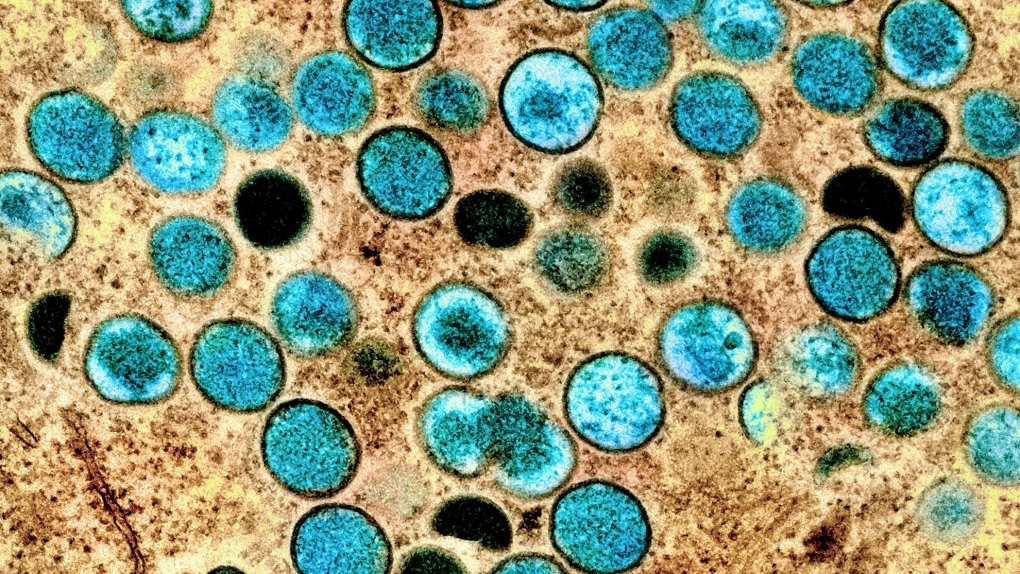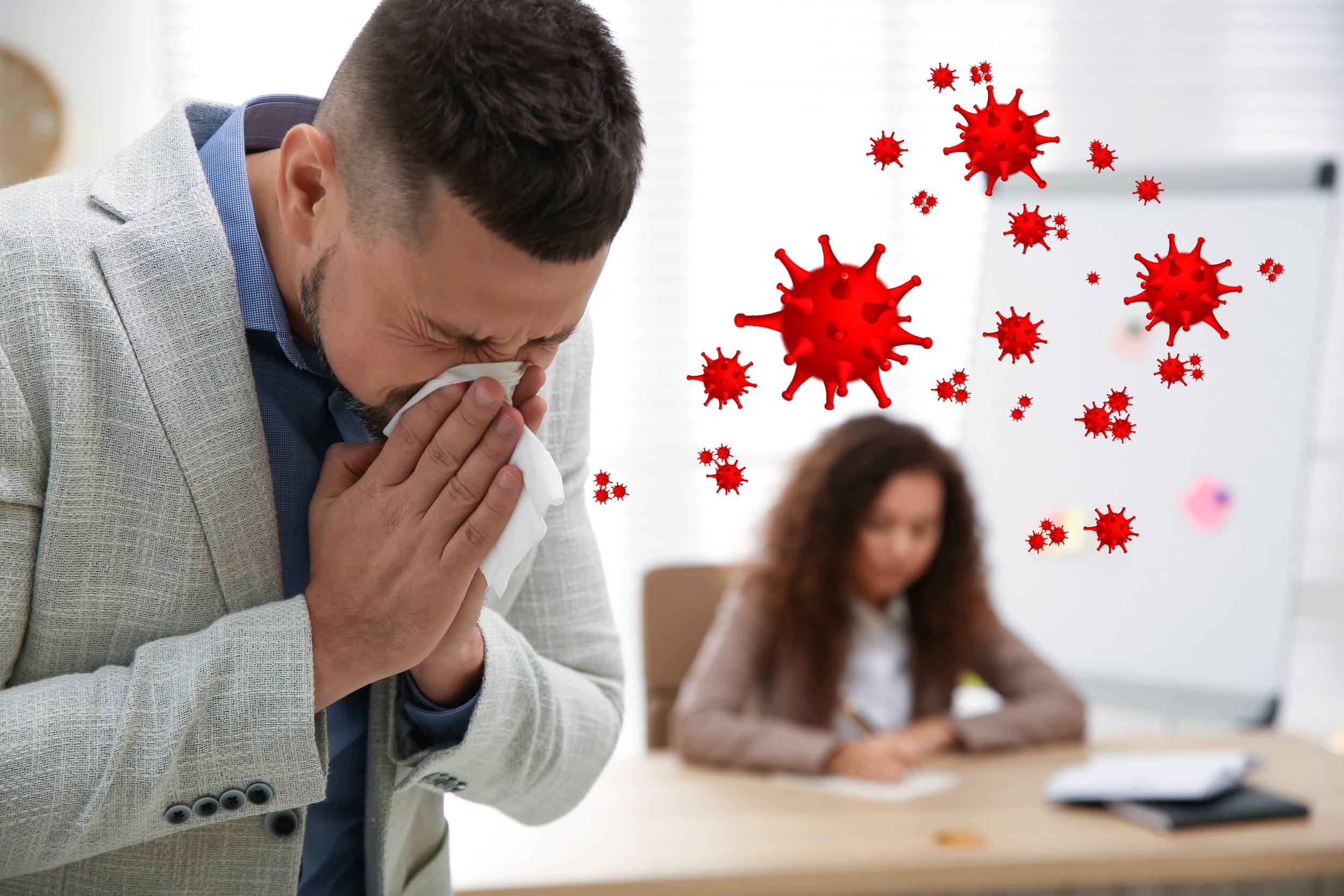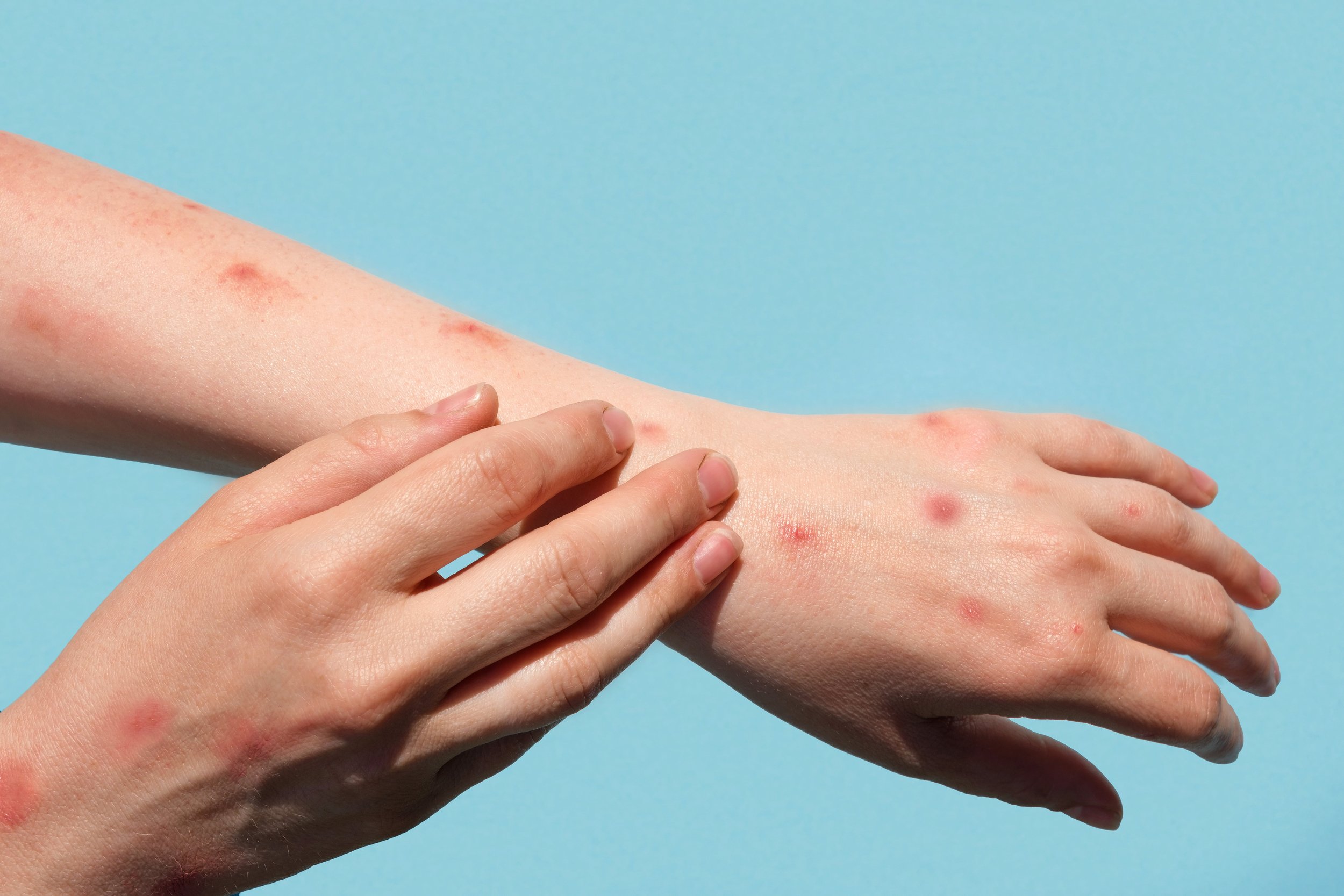
Airborne Risk – Monkeypox 2022 Global Health Emergency declared by WHO
Photo from Platinum Air Care
Originally Posted On: https://www.platinumaircare.ca/tips-and-information-blog/airborne-risk-monkeypox-2022-global-health-emergency-declared-by-who
Monkeypox 2022 Global Health Emergency declared by WHO is an international emergency that will require a coordinated global response to prevent the spread of monkeypox. The emergency was declared due to the increasing number of cases of monkeypox reported worldwide, as well as the potential for further outbreaks. The declaration will help to ensure that resources are available to address the crisis and allow for better coordination between affected countries and international organizations. As of July 23, Canada confirms 681 cases of monkeypox.
Stay updated on Monkeypox information by officials:
Government of CanadaWorld Health Organization (WHO)Centers for Disease Control and Prevention (CDC)
World Health Organization declares public health emergency on Monkeypox
What is Monkeypox?
Monkeypox is an illness caused by the Monkeypox virus. It is a zoonotic viral infection that can spread from animals to humans. It can also spread from person to person¹ via close contact.
How does Monkeypox spread?
WHO website information informs us that “Monkeypox spreads person to person through close contact with someone who has a Monkeypox rash” ¹. The CDC (Centers for Disease Control and Prevention) also confirms that Monkeypox spreads in different ways, and primarily person-to-person, while it is also possible for people to get Monkeypox from infected animals from being scratched or bitten~ even by eating meat or using products from an infected animal ².
A colorized transmission electron micrograph of monkeypox particles (teal) found within an infected cell (brown), is shown in a handout photo captured at the NIAID Integrated Research Facility (IRF) in Fort Detrick, Maryland. THE CANADIAN PRESS/HO-National Institute of Allergy and Infectious Diseases. Source
Who is at risk of catching Monkeypox?
According to WHO¹, “people who live with or have close contact (including sexual contact) with someone who has Monkeypox, or who has regular contact with animals who could be infected, are most at risk. Health workers should follow infection prevention and control measures to protect themselves while caring for monkeypox patients. Newborn infants, young children, and people with underlying immune deficiencies may be at risk of more serious symptoms, and in rare cases, death from monkeypox.”
Can you get Monkeypox through airborne transmission?
Mixed information is currently given regarding airborne transmission, and this could be because Monkeypox has not been watched closely until the past 2 months. The CDC dismisses airborne transmission of Monkeypox as the virus “is not known to linger in the air”, but some experts disagree. It is confirmed that it is possible to spread through close human contact, as well as respiratory transmission with infected airborne droplet contact caused by coughing and sneezing according to the Government of Canada³, but it stated the primary cause is through direct contact (blood, body fluids, or mucosal surfaces like mouth, throat, eyes, and genitalia).

Facts are still unknown~ consider the Coronavirus (COVID-19) in 2020.
The COVID-19 took the world by storm, much of this really started in March of 2020, however, it was not until over a year since the COVID-19 pandemic was declared that the World Health Organization admitted that the virus was airborne. In July 2020 it took 239 scientists signed an open letter appealing to the medical community and governing bodies to recognize the risk of airborne transmission.
In a 2017 outbreak of monkeypox in Nigeria, infections occurred in two health care workers who had no direct contact with patients, scientists said at a recent WHO conference. Experts suggest that because Monkeypox is poorly studied, airborne Monkeypox transmission should not be ruled out.
CDC guidance on Monkeypox described the respiratory droplets emitted by patients as “secretions that drop out of the air quickly.” However, the virus “can be present in respiratory particles of any size,” not just large droplets, said Lidia Morawska, an air quality expert at the Queensland University of Technology in Australia. “When people are in close contact, it can be impossible to distinguish whether a virus was transmitted by touch, spray of large droplets, or inhalation of aerosols” – Dr. Marr

Monkeypox skin rash on human hands
The threat of Monkeypox infection to our health:
It is stated by WHO that in most cases symptoms of Monkeypox go away on their own within a few weeks¹, but the infection can lead to medical complications and death in some people. These complications include secondary skin infections, pneumonia, confusion, and eye problems.
Vaccination exists for Monkeypox
Currently as stated by the CDC, there are two licensed vaccines by the US Food and Drug Administration (FDA) which are available for preventing Monkeypox infection, however, there is no data available yet on the effectiveness of these vaccines in the current outbreak.²
Reducing the risk of airborne transmission
Should more future data suggest that the Monkeypox virus is airborne similarly or close to the COVID-19 virus, the recommendations from governments worldwide should remain the same: improve ventilation and indoor air quality as this is a proven way of reducing airborne particles and aerosol transmission. It is important that individuals should closely watch the updates from local governments, CDC, and WHO as new information is presented daily.
If your business or home has not yet invested in improving indoor air quality, consider investing in a commercial-grade air purifier like the MedicAir® which ships across North America and Europe.

Summarizing the Monkeypox virus
There is mixed information about the airborne transmission of Monkeypox, and more information is needed in order to come to a final conclusion. However, it is stated by the CDC that Monkeypox can be spread through close human contact as well as respiratory transmission with infected airborne droplet contact caused by coughing and sneezing.
It is also confirmed that vaccination exists for Monkeypox, but there is no data yet on its effectiveness in the current outbreak. Reducing the risk of airborne transmission is important, however, it is also important to remember that there is no guarantee that the virus will not spread through close human contact. It is best to take airborne droplet contact precautions such as wearing a face mask when you are around people who are sick, washing your hands often, and avoiding contact with blood and body fluids.

Monkeypox Summary Info-graph found online
Sources:
¹ WHO – https://www.who.int/news-room/questions-and-answers/item/monkeypox?gclid=Cj0KCQjw2_OWBhDqARIsAAUNTTHlXTt06ojWePGwzFp3_rD5RemhO7iKP2ZTonmrK5mk8sXlf8_w6fgaArztEALw_wcB
² CDC – https://www.cdc.gov/poxvirus/monkeypox/transmission.html
³ Canada.ca – https://www.canada.ca/en/public-health/services/diseases/monkeypox/health-professionals.html#a3
Platinum Air Care makes no claims regarding our products with actual prevention of contracting viruses or disease, it is recommended to follow health guidelines from sources like local government and public health officials, WHO, and CDC.
